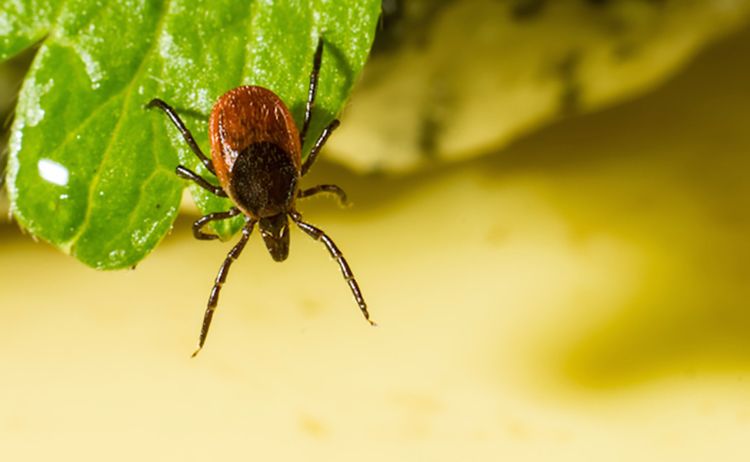If you grew up in the great outdoors, chances are you know a thing or two about checking for ticks after a long, warm day of nature adventures.
Of course, most people’s primary concern is contracting a potentially deadly disease from these tiny, invasive insects. However, though ticks are a concerning pest, there are myths to deconstruct in order to eradicate any invasions that may wreak havoc upon you or your home.
Myth #1: Ticks are not common in the city
Although you might expect to only find ticks in the woods, they are common in cities with grassy or wooded areas and tall, overgrown grass yards.
Fortunately, extermination experts from providers like East End Tick Control can tackle tick invasions regardless of location. So whether you’re a city dweller or a country citizen, calling on professionals can keep ticks from moving in.
Myth #2: Ticks are easy to see
Though some ticks are easy to identify (think canine or lone-star ticks), others require a closer inspection to locate and extract the pest.
Some tick species are so tiny they look no different than a freckle or small scab on your skin. For example, deer tick nymphs are about the size of a sesame seed and are relatively flat, making them easy to miss or mistake for a simple mark on your skin.
Myth #3: All ticks carry Lyme disease
Most horror stories you hear about ticks involve Lyme disease. However, contrary to popular belief, the only tick that carries Lyme is the deer tick. However, don’t sigh with relief just yet—some ticks carry unique afflictions, so check your body and space thoroughly.
For example, Rocky Mountain spotted fever is often transmitted by dog ticks, while others will spread rare yet dangerous diseases like the Powassan virus. In addition, a recent discovery is that many lone star ticks trigger a mammal meat allergy in some humans.
Myth #4: Ticks don’t come out in winter
You’ll often hear pest control services discussing tick season once spring rolls around. And it’s true – most ticks are more active in the warmer months, usually from April through October.
That said, when it comes to ticks, the “warmer” months consist of temperatures above 40 degrees Fahrenheit. In other words, don’t be surprised if you stumble across a tick or two in late fall or early winter.
Myth #5: Ticks jump like fleas
You might’ve heard that ticks jump from bushes or trees to land on you. Fortunately, these critters can’t actually fly or jump. Instead, you’re more likely to attract ticks while camping, hiking, or walking through tall grass.
Even still, many ticks like to hang out in trees. While they won’t jump down to you, they can fall off or get tossed around by the wind. When that happens, they can easily land in your hair or clothes.
The Takeaway
Ticks are a constant concern for anyone who spends time outdoors. Even if you don’t frequent the woods, you can still come across ticks in the city, putting you at risk of contracting a tick-borne illness. That said, always question your sources when you hear a new tick myth, and confirm any information with proper health and safety authorities.



